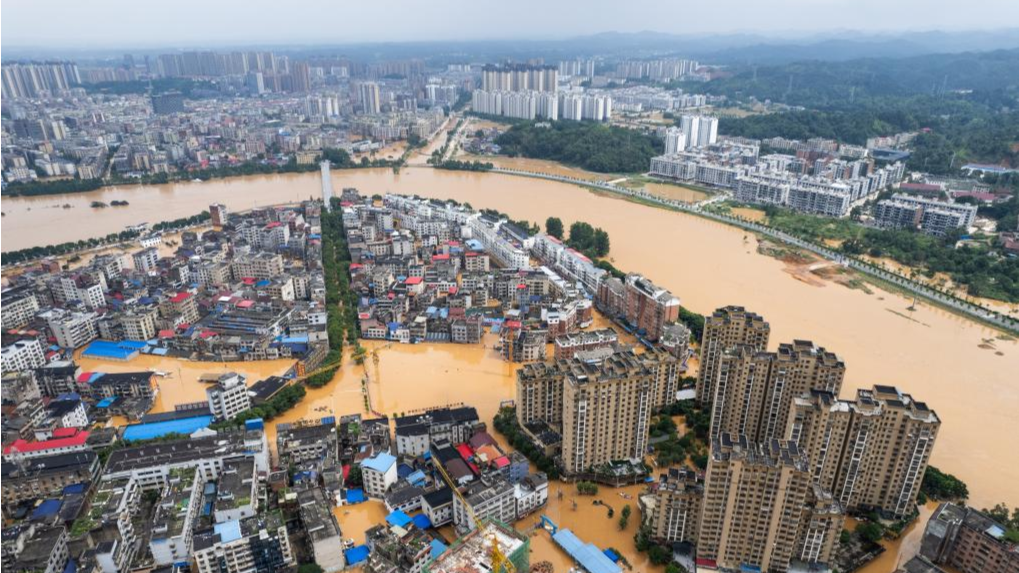
A comprehensive analysis released by China's central government on Thursday highlighted a relatively high risk of floods and hailstorms in parts of northeastern, northwestern and southern China in June.
This nationwide natural disaster risk assessment was conducted by multiple departments, led by the office of the national commission for disaster prevention, reduction and relief and the Ministry of Emergency Management.
The analysis indicated that many regions across the country are entering the main flood season in June, with the areas south of the Yangtze River entering the plum rain season. This is expected to heighten the risk of floods and hailstorms in areas such as Northeast, Northwest, and South China.
READ MORE: Heavy rains, flooding forecast in Beijing, surrounding regions
Additionally, some areas in Northwest China may experience abrupt shifts from drought to flooding.
The analysis forecast one to two typhoons in the Northwest Pacific and the South China Sea in June, with one potentially making landfall or affecting the southern coastal areas, although it is expected to be relatively weak.
It also predicted that China's coastal areas might experience one typhoon-induced storm surge.
Moreover, parts of northern and northeastern China face a high risk of forest and grassland fires, according to the analysis. In particular, northeastern Inner Mongolia autonomous region and northwestern Heilongjiang province are expected to have periods of high fire danger.
READ MORE: Thousands evacuated as downpours hit parts of North China
The analysis anticipated that most regions in China will experience temperatures ranging from average to above average in June. Areas in East, Central, South and Southwest China are likely to see more days with temperatures exceeding 35 degrees Celsius compared to the average, increasing the risk of heatwaves.


